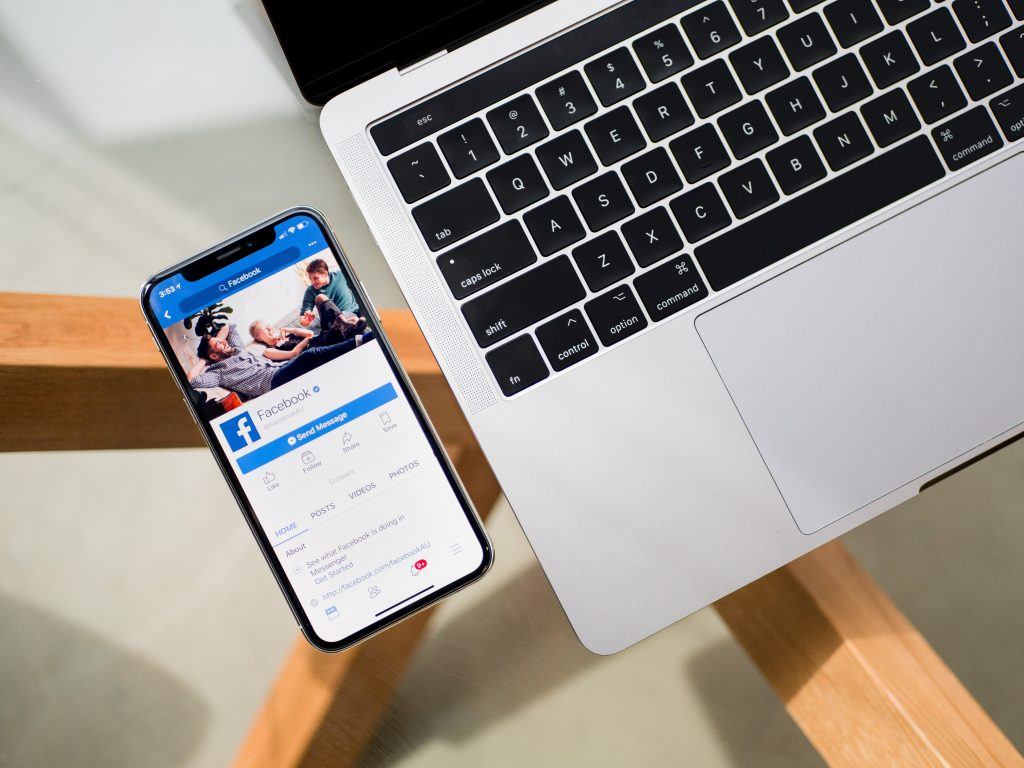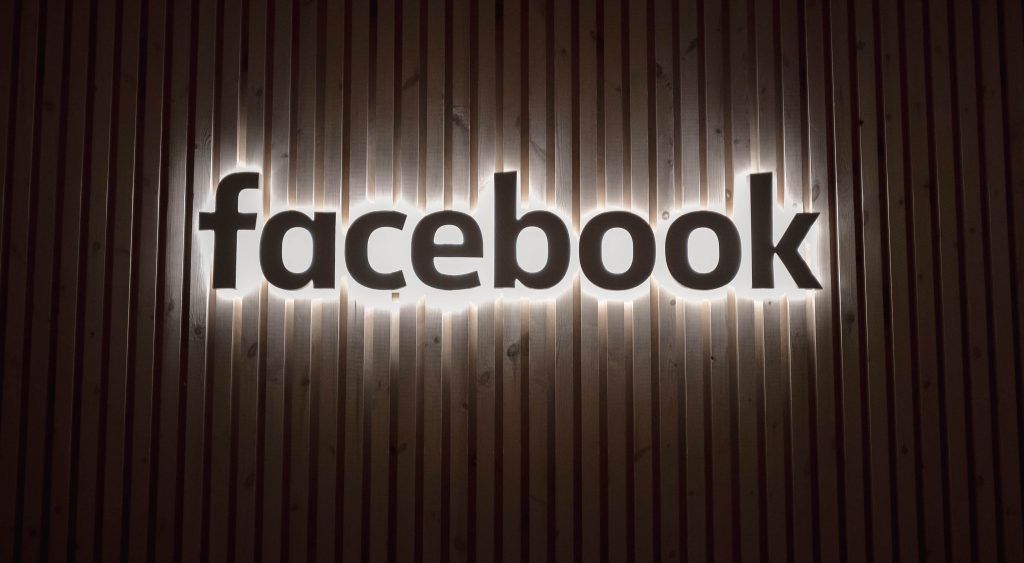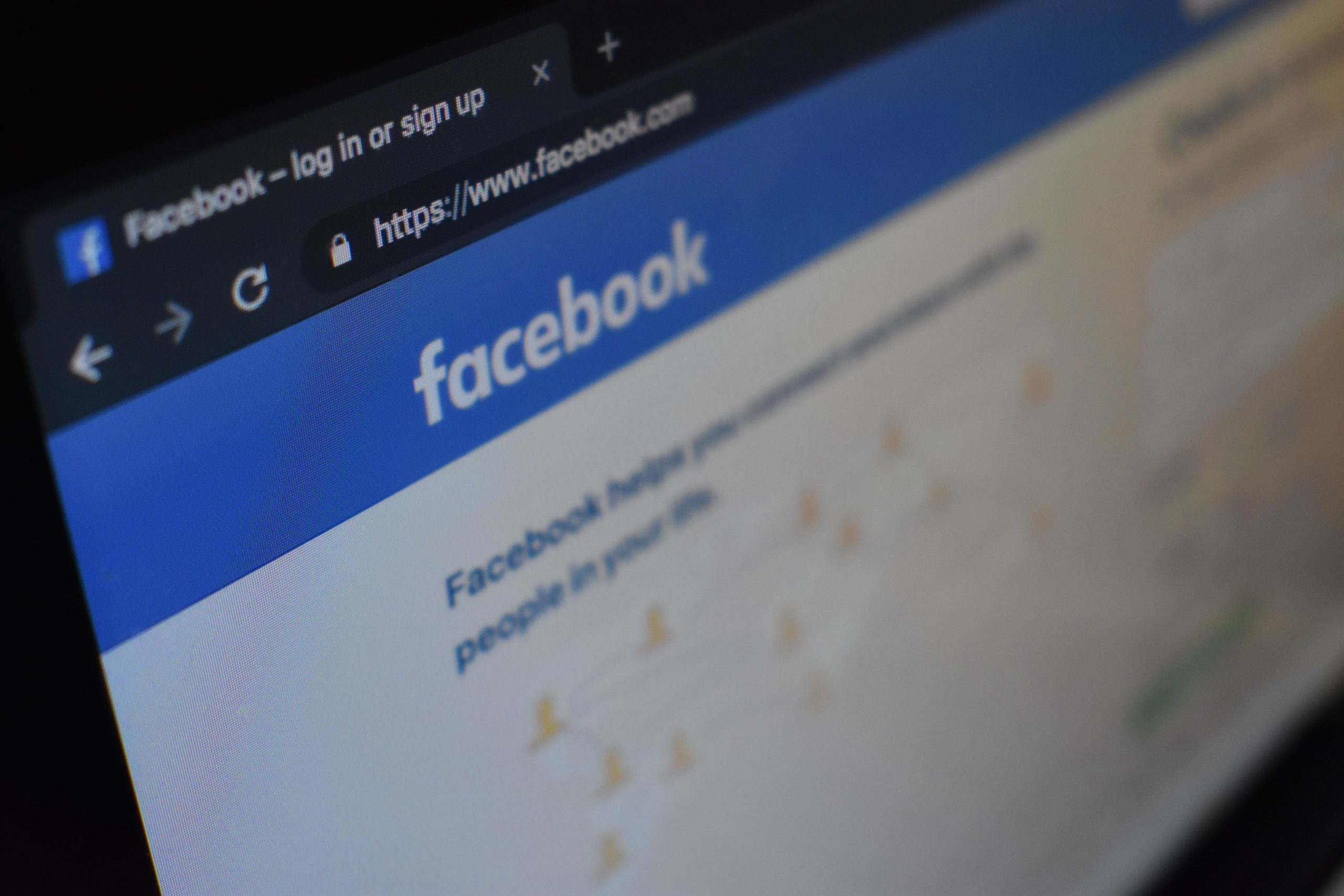Is your Facebook Business Page worth the effort?
Facebook Business Pages have had quite the history. Can you believe that Facebook itself is over 15 years old? Since it started in February 2004, the growth of the platform has blown everybody away. Facebook now has enough monthly active users that if they were a country, they would be the largest in the world, by two! [1]
Now that sounds great and all, but really what does that mean for your small business? Even though Facebook’s user demographics change regularly, it’s still the best places to find your customers. The way we find those customers has definitely changed over the years, though.

The History of Facebook Business Pages
Back in the day, Facebook didn’t even have a “business page” component. We all created a fake “business” user on Facebook and then acted as a business using a regular user’s abilities.
Things were much simpler then, as our organic reach was as great as the number of people we could “friend” on the platform. Every post we sent out, was seen by 100% of our friends. Freaking dope.
This led to a HUGE influx of businesses adopting the platform as one of their main, if not only, marketing mediums. Stickers went up on every storefront and every commercial or radio advertisement told people to find them on the platform. This might be referred to as the “Golden Age” of Facebook.
Introduction of the Facebook Business Page
Facebook, being wise, soon after released the beloved Facebook Business Page. They offered a method of converting a user profile over to a business account, and also bragged about all the additional features we would get by becoming a business page. The benefits were initially awesome because we still maintained our organic reach but had some additional features added to our profiles, like business address, website, and phone numbers.

Here Comes the Advertising Platform
Around 2009–2012, Facebook started introducing its advertising platform. The impact of the advertising platform wouldn’t quickly be felt; for a time after its initial release, we all maintained a pretty awesome organic reach. We got to most, if not all, of our followers.
Facebook Goes Public and Organic Reach Goes Away
In May 2012, Facebook went public. This was the turning point for business pages. No longer did Facebook only answer to Zuckerberg, now they had to answer to shareholders. And what do shareholders want more than anything? Returns on their investment.
The decision was obvious—at that point they obviously weren’t going to start charging users to use the platform, but instead went right for the portion of users that could “afford” it. Businesses. And what did businesses need Facebook for more than anything? Reaching their customers and potential customers using their Facebook Business Page. The pieces were in place for a giant swing in monetization, and Facebook made the moves.
Since 2012, the organic reach for our Facebook Business Pages has been squeezed down to practically nothing. Some pages still experience a decent organic reach, but they are the exception, not the rule.

Should You Create a Facebook Business Page Today?
Facebook Business Pages in 2019 are still a powerful tool, but it will cost you. If you plan on using the platform to reach your customers, be prepared to pay for your reach via the advertising platform.
Another benefit to having a Facebook Business Page is that your reach also extends to Instagram, which boasts another 1 billion active monthly users. [2]
Facebook’s advertising platform allows you to easily post to both networks, which is extremely valuable from a business standpoint. Two of the top three social networks are manageable from the same dashboard. Definitely a time saver.
In summary, although the path has changed over the years, Facebook is still one of the very best ways to reach your potential customers if you’re willing to spend some money.
Footnotes
- Monthly active users, 2.8 billion users. China’s population as the largest country, 1.4 billion.
- 1 billion active monthly users on Instagram.

